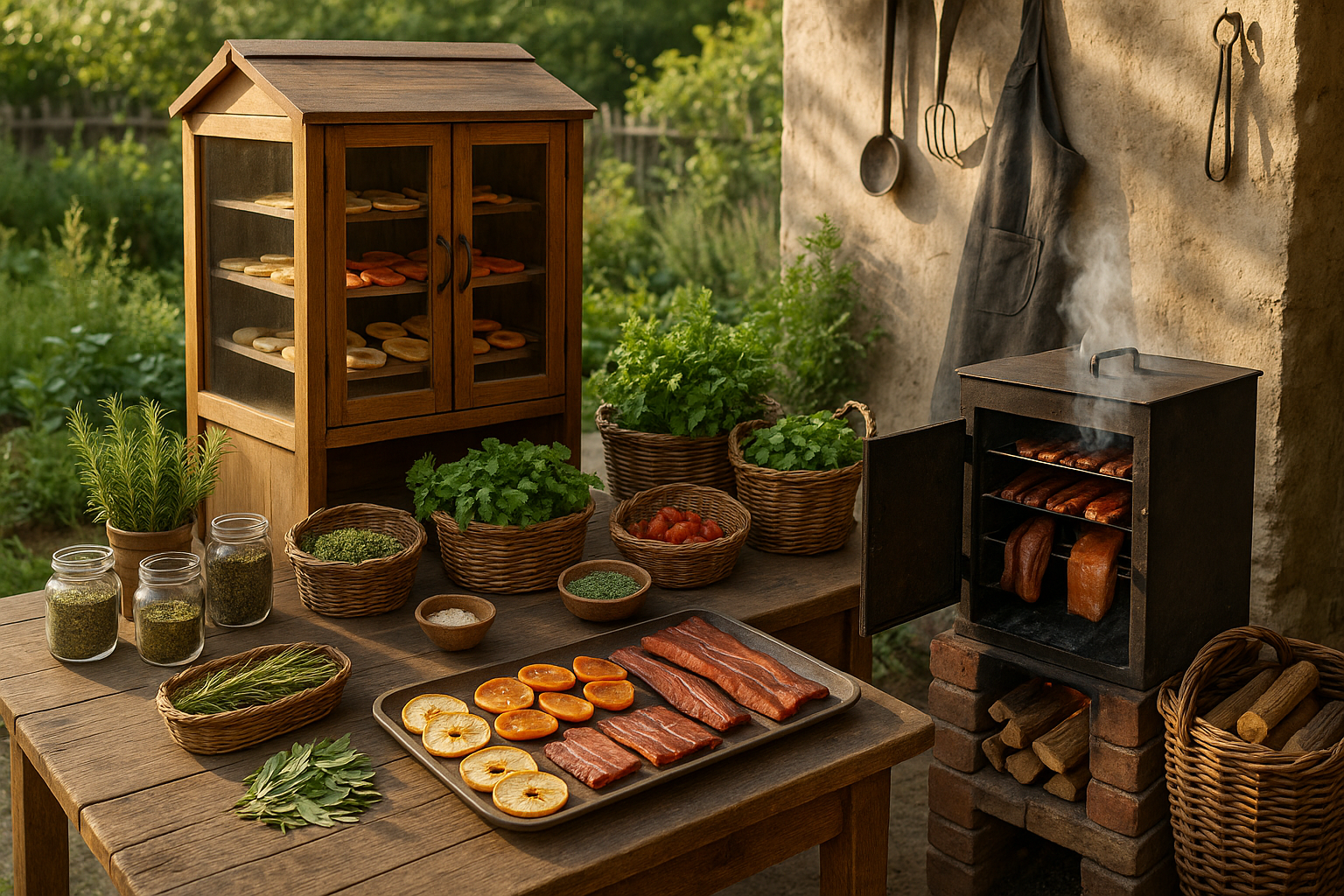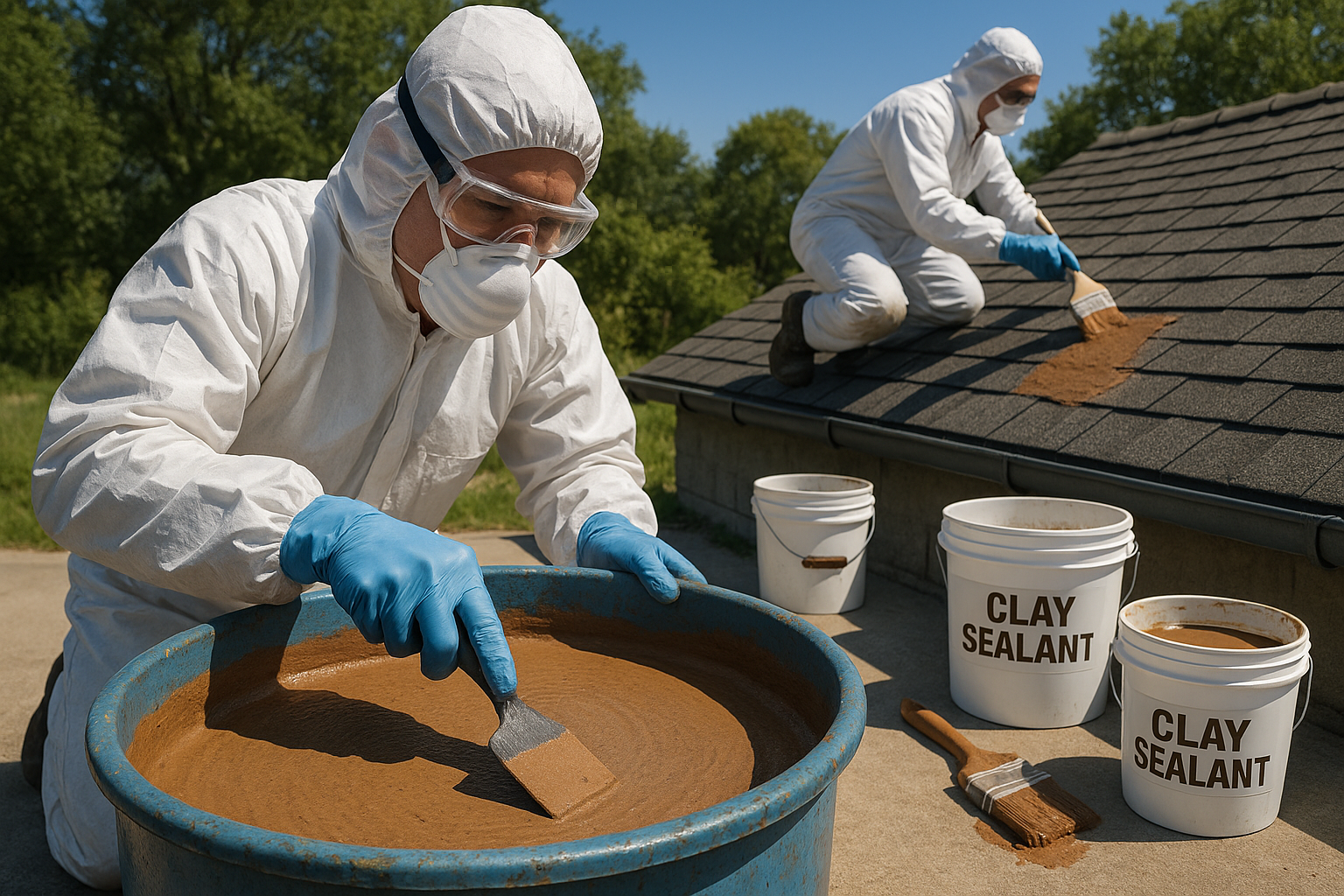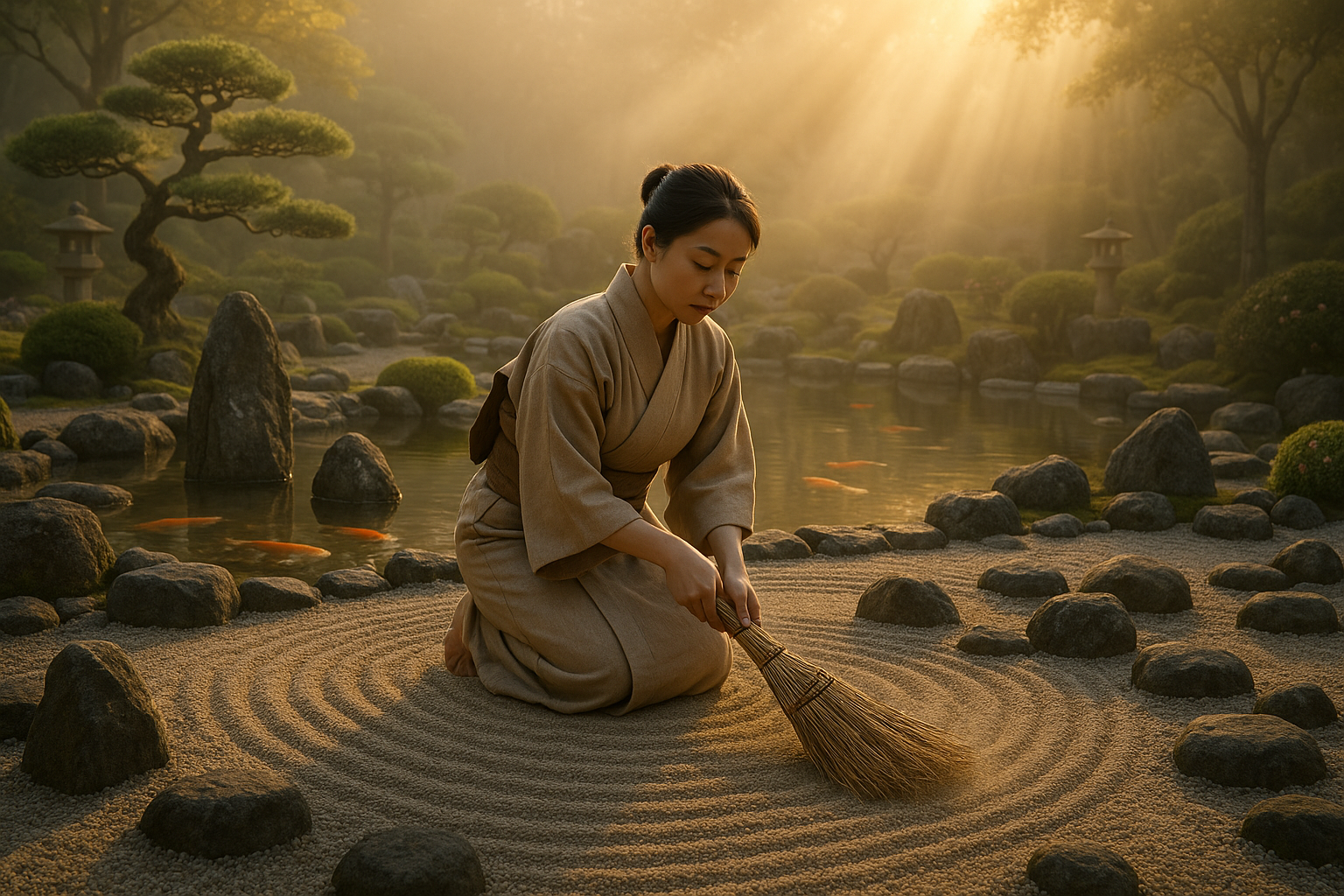In the vibrant tapestry of culinary arts, there exists a timeless allure to traditional food preservation methods. Whether you’re a seasoned chef, an aspiring cook, or simply a food enthusiast, the quest for flavors that tantalize the palate often leads us to explore ancient techniques. Among these, sun-drying chambers and smoke-curing methods stand out as two of the most fascinating approaches. 🌞🔥
Imagine biting into a piece of perfectly smoked salmon, its rich, deep flavors telling a story of time and tradition. Or savoring sun-dried tomatoes, each chewy bite bursting with concentrated sweetness and umami. These delectable delights owe their essence to the age-old practices of sun-drying and smoke-curing, methods that have been perfected over centuries across various cultures. But how do these techniques work? What makes them so special? And how can you master them to create your own culinary masterpieces?
The journey to mastering sun-drying chambers and smoke-curing techniques is as rewarding as it is intriguing. It’s a blend of art and science, requiring an understanding of the principles that underlie these methods. In this article, we’ll delve into the world of food preservation, exploring the intricacies of these techniques and how they can transform simple ingredients into gourmet delights.
First, we’ll uncover the secrets of sun-drying, a method that harnesses the natural power of the sun to dehydrate and preserve food. This ancient technique not only extends the shelf life of foods but also intensifies their flavors, offering a taste that is both unique and nostalgic. We’ll explore the different types of sun-drying chambers, the ideal conditions for drying, and how this technique can be applied to a variety of ingredients—from fruits and vegetables to herbs and even meats.
Next, we will turn our attention to the art of smoke-curing. Known for imparting a distinctive smoky flavor and aroma, this method involves exposing food to smoke from burning wood. But it’s not just about flavor; smoke-curing also preserves food by creating an environment that inhibits the growth of bacteria and mold. We’ll discuss the different types of smoke-curing techniques, including cold smoking and hot smoking, and the nuances of wood selection, which can dramatically influence the final taste of your dish.
As we navigate through these time-honored techniques, we’ll provide you with step-by-step guides, practical tips, and insights from experts who have mastered the craft. You’ll learn how to create your own sun-drying chambers and smoking setups at home, understand the science behind each process, and discover how to experiment with different ingredients to find your signature style. 🌿🍖
Moreover, we’ll explore the cultural significance of these methods, tracing their roots across continents and highlighting how they’ve evolved over time. From the sun-drenched vineyards of Italy to the smokehouses of Scandinavia, these techniques have been shaped by geography, climate, and tradition. Understanding this rich history not only enhances your appreciation for these methods but also inspires creativity and innovation in your culinary endeavors.
Finally, we’ll address common challenges and mistakes, providing solutions and troubleshooting tips to help you achieve the perfect result every time. Whether it’s dealing with unpredictable weather during sun-drying or managing smoke intensity for curing, we’ll equip you with the knowledge to overcome obstacles and ensure success. 🚀
By the end of this article, you’ll be armed with the skills and confidence to experiment with sun-drying and smoke-curing in your own kitchen. More than just techniques, these are gateways to flavor profiles that can elevate your dishes and impress your guests. So, roll up your sleeves, let your curiosity guide you, and prepare to embark on a culinary adventure that marries tradition with innovation. Let’s master the art of transforming humble ingredients into delectable delights through the sizzling success of sun-drying chambers and smoke-curing techniques.

Conclusion: Embracing the Art of Sun-Drying and Smoke-Curing
The journey through the realms of sun-drying chambers and smoke-curing techniques reveals a world rich in tradition, innovation, and delectable outcomes. Throughout this article, we delved into the intricacies of these ancient preservation methods, exploring their cultural significance, scientific principles, and practical applications. These techniques not only enhance the flavors and textures of foods but also extend their shelf life, offering a sustainable and efficient way to savor the bounty of each season.
Our exploration began with a deep dive into the history and cultural significance of these methods. We traced the origins of sun-drying and smoke-curing back to ancient civilizations, where they were essential for survival and community bonding. Understanding this historical context enriches our appreciation for these techniques and underscores their timeless value. 🌿
Next, we examined the scientific principles that underpin these methods. From the role of enzymes and bacteria in smoke-curing to the impact of sunlight and air circulation in sun-drying, these processes are grounded in fascinating biochemical interactions. This knowledge empowers practitioners to optimize their techniques for quality and safety, ensuring that each batch is a masterpiece of preservation.
Practical applications were also a key focus, as we discussed the construction and operation of sun-drying chambers and smokehouses. By offering step-by-step guides and expert tips, we aimed to demystify these processes, making them accessible to enthusiasts and professionals alike. Whether you’re drying tomatoes under the sun or infusing meats with aromatic smoke, these practices are both an art and a science, offering endless possibilities for culinary creativity.
The environmental and economic benefits of these techniques cannot be overstated. As the world grapples with issues of food waste and sustainability, sun-drying and smoke-curing present viable solutions. They require minimal resources, reduce reliance on artificial preservatives, and celebrate local produce, making them a perfect fit for eco-conscious consumers and businesses. 🌍
In conclusion, mastering the art of sun-drying and smoke-curing opens a gateway to a world of flavors, traditions, and sustainable practices. We encourage you, dear reader, to explore these techniques in your own culinary adventures. Whether you’re a seasoned chef, a home cook, or simply someone with a curiosity for food preservation, there’s a place for you in this vibrant community.
We invite you to share your experiences and insights in the comments below. Have you tried sun-drying or smoke-curing at home? What challenges and successes have you encountered? Let’s learn from each other and continue the conversation. 🗣️
Don’t forget to share this article with friends and family who might be interested in exploring these techniques. Together, we can keep these traditions alive and innovate upon them, ensuring that future generations can savor their delicious and sustainable benefits.
Thank you for joining us on this flavorful journey. We hope you’ve found inspiration and knowledge that will enhance your culinary pursuits. Here’s to delightful creations and the joy of discovery! 🍽️
This conclusion succinctly wraps up the key points from the article, reinforces the importance of the topic, and encourages reader engagement. If you need more extensive content, consider expanding each section with more detailed summaries or additional insights.



